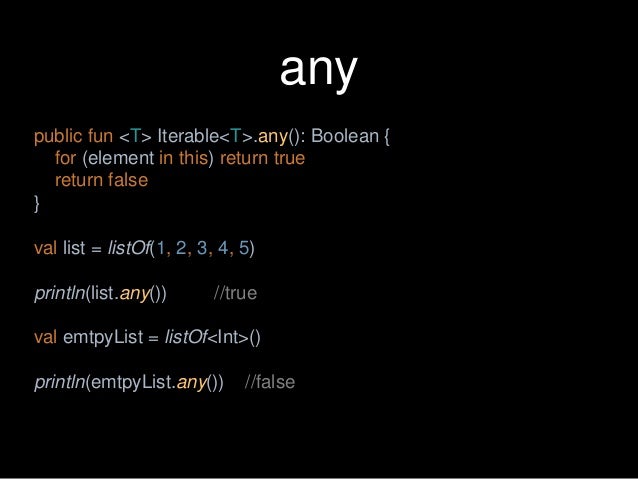

Let’s dive right in! Extension Functions and what are “Receivers” anyway? understanding extension functions, and move on to the more advanced stuff after that. We are going to start with the basics, i.e. Don’t worry if the above does not seem to make sense to you yet. You can read the initial proposal and discussion in this YouTrack issue from 2015 (by Damian Wieczorek). Some time ago, even before Kotlin was released in version 1.0, individuals noticed that extension functions are great but could become even more powerful by allowing not only a single but multiple receivers. Making this a member function of a different class adds even more context to that function as it can only be called from the context of the enclosing class. With an extension function, you specify a receiver object that this function can be called on. We already know extension functions that are highly relevant in this article’s setting. Adding context to Kotlin functions was possible even before context receivers entered the game. The language makers decided to come up with a prototype to demonstrate the design proposal solving the highly popular use case of adding context to Kotlin functions.

Over a year ago, in February 2022, when Kotlin 1.6.20 was released, the language introduced context receivers for the first time.

This is the equivalent of break.Why Kotlin needs Context Receivers and how to use them In this example, we will see how to stop the execution in the current loop and move back the compiler execution to the caller function. Example: Return at labels :: directly to the caller In this example, we will see how to do it. In Kotlin, we cannot explicitly use break and continue statements explicitly inside a forEach loop, but we can simulate the same action. In this article, we will see how break and continue work in Kotliln.īreak - This is a keyword that helps in terminating an iteration, once a given condition is met, while traversing through a collection.Ĭontinue - This keyword helps to continue the iteration once a condition is fulfilled.

In Kotlin, we have three types of structural jump expressions: " break",


 0 kommentar(er)
0 kommentar(er)
